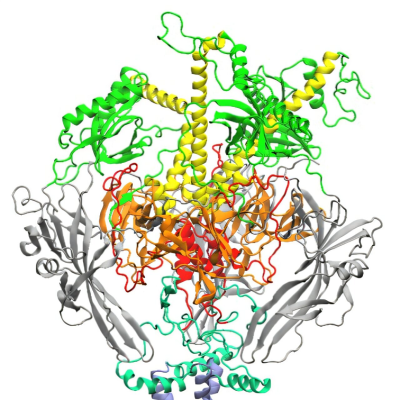It is known that the acquired mismatch repair defects and overexpression of O6-methylguanine-DNA-methyltransferase (MGMT) are involved in the TMZ resistance. It is urgent to find new treatment options and drugs with different action mechanisms.
In a study published in Nature Biomedical Engineering, the research group led by Prof. XIAO Haihua from the Institute of Chemistry of the Chinese Academy of Sciences (CAS) and Prof. Mark W. Saltzman from School of Engineering and Applied Sciences at Yale University developed a platinum-based nanodrug to tackle TMZ resistance on mouse model.
The researchers first designed a reduction-responsive biodegradable polymer to encapsulate a platinum(IV) prodrug of oxaliplatin and a platinum(II) DNA intercalator 56MESS separately to form two nanoparticles. They established TMZ-resistant patient-derived glioma primary cells and an acquired drug-resistant transgenic engineered glioma cell line to screen these two platinum-based nanoparticles in vitro, and found that both of them can reverse TMZ resistance.
Then, the researchers developed a TMZ-resistant patient-derived xenograft mouse model of GMB in vivo. With the help of advanced convection-enhanced delivery technology (CED), these nanoparticles were able to directly deliver the drugs to the target brain area for bypassing the blood-brain barrier in mice. They found that nanoparticles loaded with the DNA intercalator 56MESS can work better to inhibit the growth of drug-resistant GMB tumors and prolong their survival rate.
Finally, through RNA-sequencing, the researchers found that the signal transduction and metabolic pathways altered by 56MESS-based nanoparticles are quite different from those of TMZ, confirming the unique mechanism of action.
This study provides a new perspective to treat resistant GBM.
Read the original article on Chinese Academy of Sciences (CAS).







